Source:Williston Herald
By:
The Meridian Davis refinery near Theodore Roosevelt Park is six to eight months away from complete financing for the project, Meridian CEO William Prentice told the Williston Herald.
“Morgan Stanley is starting that effort this coming Monday (Oct. 4) on the basis of what we’ve done with the Musket agreement. So that’s getting started,” Prentice said. “As McDermott moves forward on engineering for Davis, we’ll reach a point probably in, say four months where we’ll peel off from those guys and put them on a team to begin working on the engineering to be able to file permits for our West Texas and our Oklahoma project. So it’s gonna be a big deal for us in 2022, getting those following along in Davis’ footsteps. Hopefully without the litigation gap.”
The financing that Morgan Stanley is working on will ultimately likely be for all three facilities, Prentice said, though they will get issued separately.
“I would be very surprised if you don’t end up with the exact same investors on the second and third one,” he said.
Similarly, the engineering contracts with McDermott, and the more recent off-take agreement with Musket Corporation, apply to all three facilities as well.
With three facilities, spread out the way they are, Meridian Davis will be well-situated to provide low-emissions fuel across the nation, and that has been part of the argument Meridian Davis has been making as it seeks capital for what will be the nation’s first greenfield refineries in decades.
The pandemic and the new ESG investing climate has made financing difficult for many oil and gas projects, including Meridian’s. But the pandemic-induced downturn has turned the corner, and Prentice said the investing world realizes that a transition period of between 30 and 50 years is going to be a necessary part of innovating to a low-carbon world.
“You know there are 285 million internal combustion cars on the road in the United States today. They’re not going to get replaced with Teslas right away,” Prentice said. “The industry requires a low emissions energy transition kind of asset, such as what we are going to be doing, to gradually push the refining industry into a cleaner, more ESG-compliant future. So that’s our mission. That’s what we’re going to do. The initial three projects will really establish the footprint, geographically, that allows us to serve the entire country. And then we’ll go from there.”
Transition assets need to significantly move the needle on lowering carbon emissions to attract capital. Meridian Davis is assuring that by proposing to build what will be the first refinery whose emissions are so low, it can be permitted as a minor synthetic source.
“Every time we replace another incremental capacity in the United States with one of our refineries, we significantly reduce the carbon footprint and all the other emissions in the industry itself,” Prentice said. “That pushes the envelope in the right direction, and capital markets are finally taking notice of that. You know, this is not only required, but we’re going to be very profitable in doing it in the process.”
Meridian Davis, in the meantime, will be updating the North Dakota Department of Environmental Quality every two to three months about progress on the Meridian Davis facility it’s building near Theodore Roosevelt National Park. The state is requiring the company to show continued, reasonable construction progress to keep the facility’s air permits current.
The North Dakota refinery will require more than 200 modules to construct, and fabrication of some could begin as early as this winter, Prentice said. North Dakota DEQ has told the Williston Herald that fabrication of units and other milestones like that will qualify as continued progress for the purpose of retaining the facility’s air permits.
“Even if we don’t actually cut steel, we’ll be buying it as quickly as we can get designed to the point where we can finalize the specs and design details,” Prentice said.
The recent rise in steel prices does add some urgency to McDermott’s design effort.
“Right now the price of steel is probably our biggest risk as far as the increases in capital costs,” Prentice said. “So it’s in our best interest to finish the design, such that we can lock in purchase orders asap.”
Prentice added that delays in the project just reflect a difficult process in general.
“We’re always surprised when we hear about folks talking about wondering whether it’s going to happen or not,” he said. “It’s never been in question to us. We just had to work through all the problems associated with getting this project built. But, you know, every day we take another step forward and pretty soon we’re going to be an overnight success.”

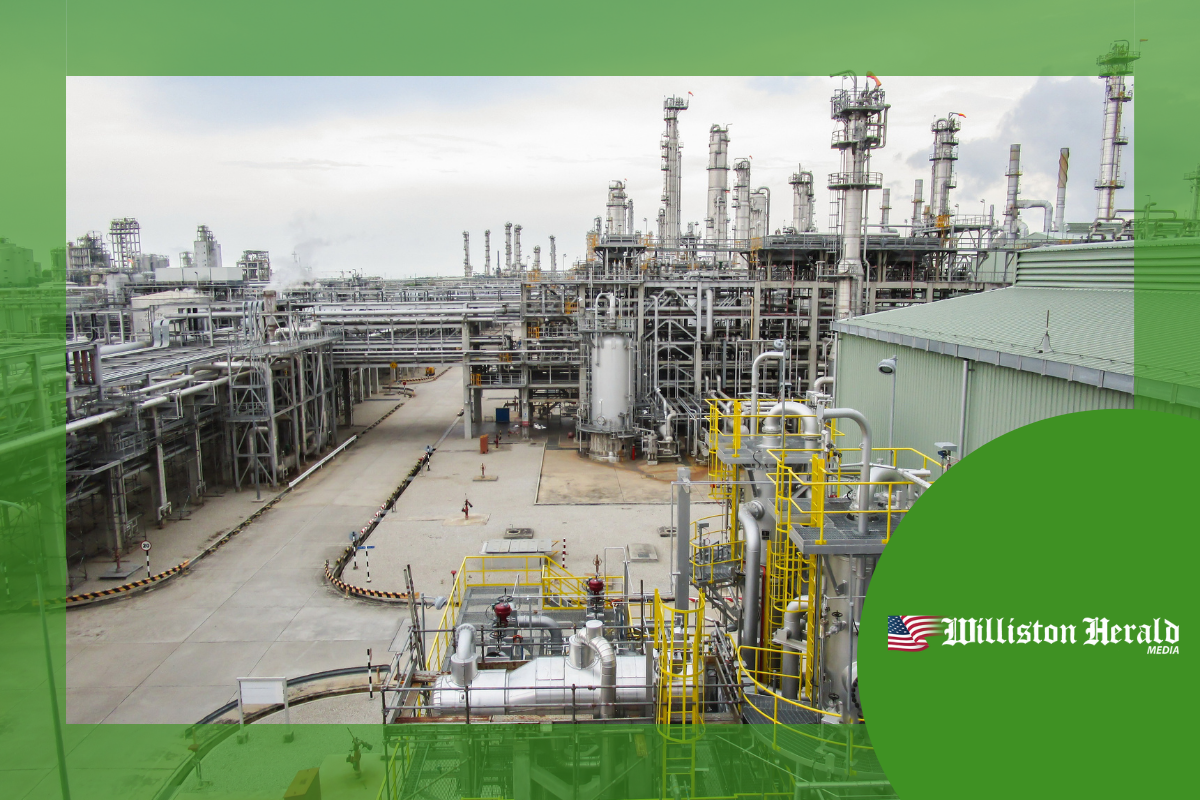
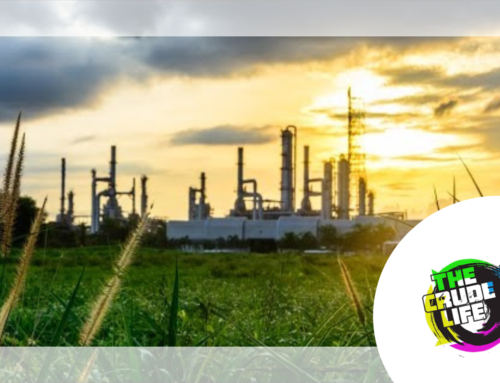
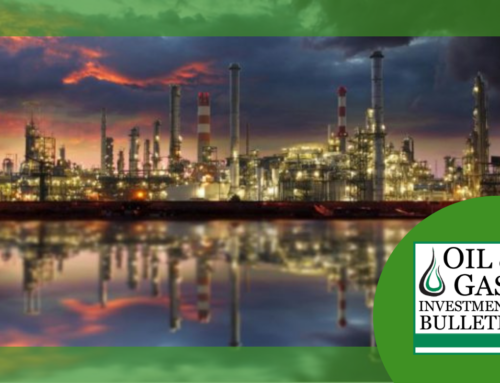

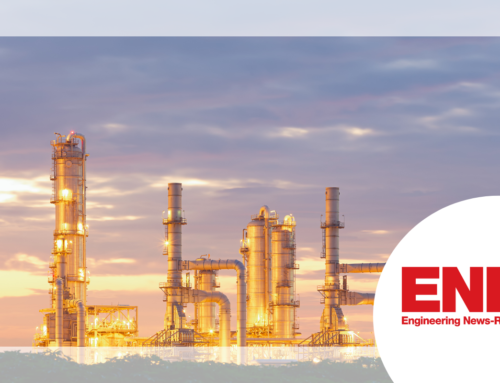
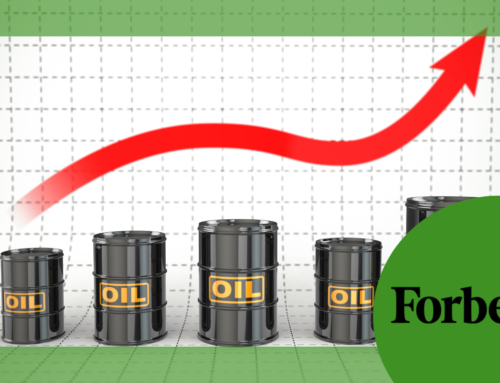
Leave A Comment